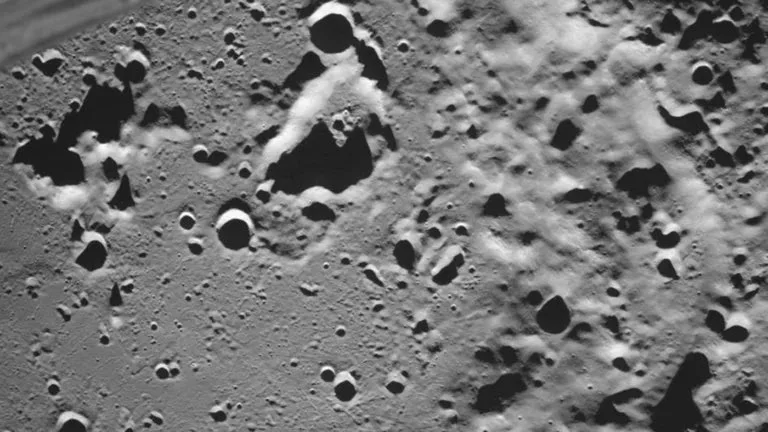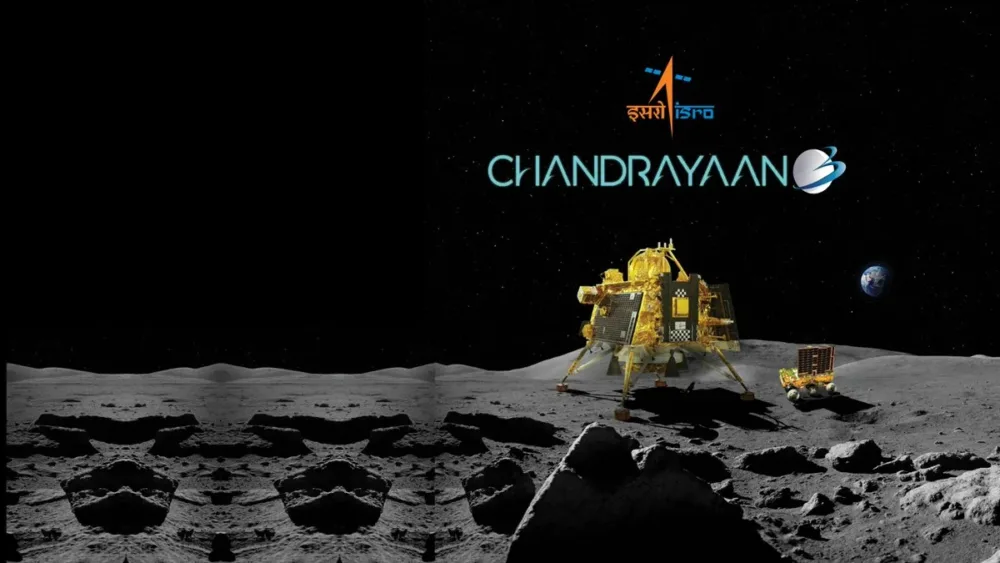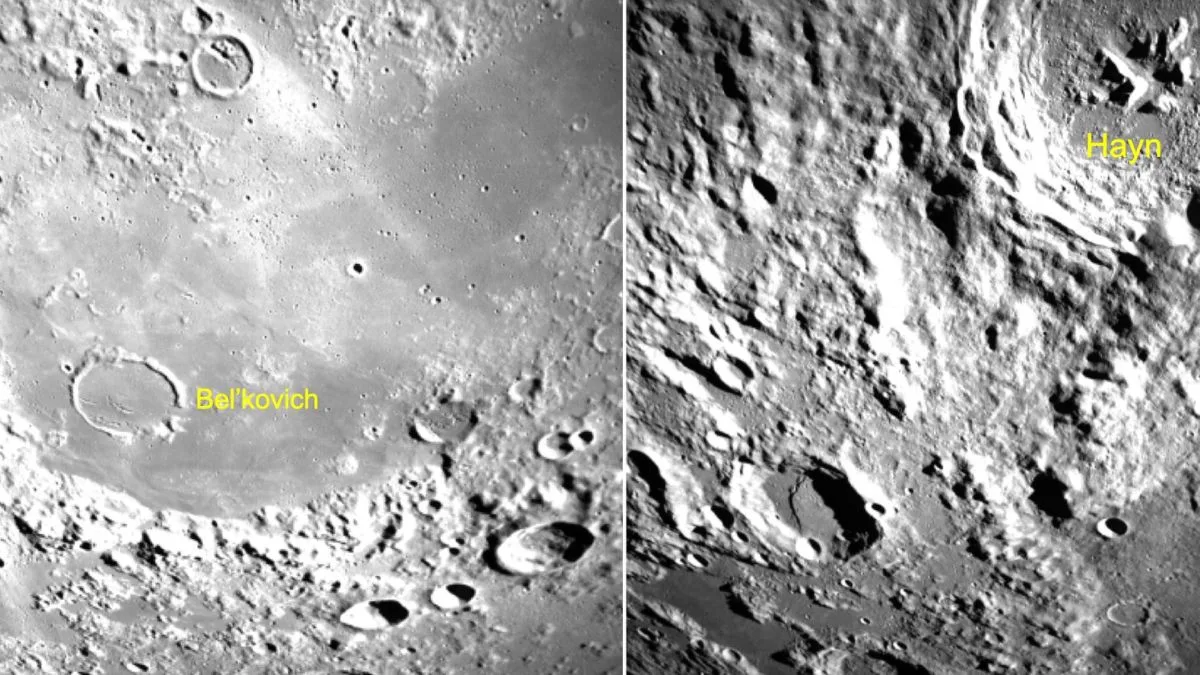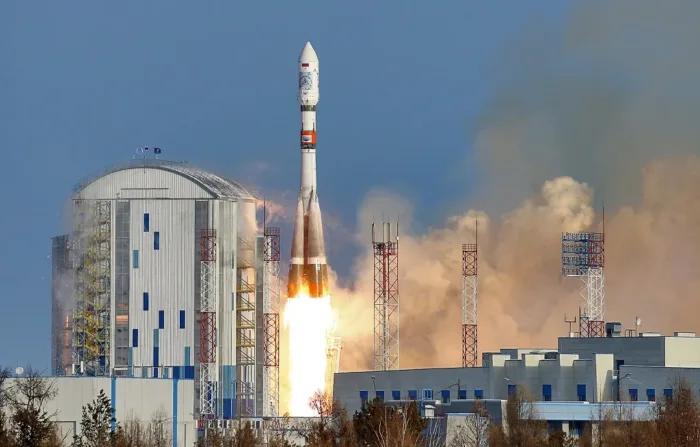Russia’s Lunar Ambitions Shattered as Luna-25 Spacecraft Crashes During Historic South Pole Landing Attempt
Moscow: Russia’s ambitious attempt to return to lunar exploration after nearly half a century has ended in disappointment as its Luna-25 spacecraft suffered a catastrophic failure and crashed into the moon’s surface. The Russian space agency Roscosmos announced the loss of contact with Luna-25 on Saturday at 2:57 pm local time, leading to its uncontrolled descent and eventual collision with the lunar terrain.
The Luna-25 mission marked Russia’s first foray into lunar exploration since 1976. The unmanned spacecraft lifted off from the Vostochny cosmodrome in the remote Amur region of Russia on August 11 with the hopes of achieving a historic landing on the moon’s elusive south pole. This region of the moon had never been successfully explored by any country before, despite successful moon landings by the United States, the former Soviet Union, and China.
10 Upcoming Inventions Set to Revolutionize Your Lifestyle
Unfortunately, the mission encountered a series of setbacks, culminating in the tragic crash on Sunday. Just a day prior to the crash, Luna-25 encountered a technical glitch during a crucial pre-landing maneuver. Roscosmos reported that this emergency situation prevented the spacecraft from executing the maneuver according to the required parameters, putting the mission’s success in jeopardy.
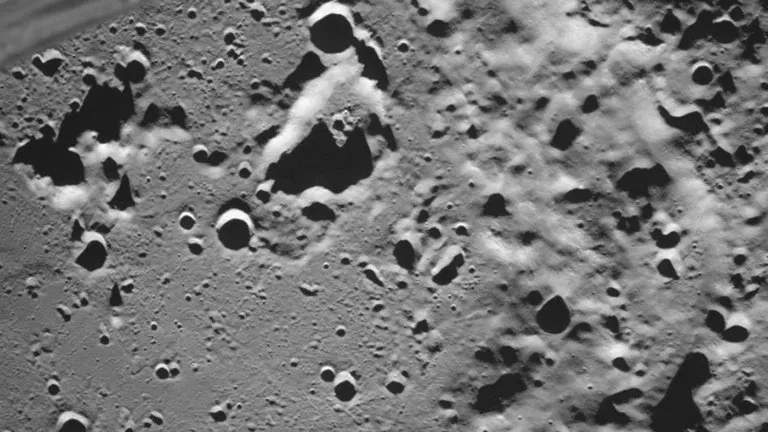
While the exact nature of the technical problems that plagued the mission has not been disclosed, Roscosmos has announced that a special commission will be formed to thoroughly investigate the causes of the crash. The failure of Luna-25 is a significant setback for the Russian space program, which had anticipated a successful lunar landing and subsequent year-long mission to study the composition of the moon’s south pole. Notably, scientists had previously detected traces of frozen water in this uncharted lunar region, raising hopes for potential future lunar resource exploration.
The Luna-25 crash also coincided with a critical period of space exploration. India’s Chandrayaan-3 spacecraft, scheduled to touch down on the moon just two days after Luna-25’s planned landing, now faces heightened expectations as the world watches to see if it can succeed where Russia stumbled.
This unexpected failure serves as a reminder of the complex and challenging nature of space exploration, highlighting the unpredictable nature of technical obstacles that can arise in even the most meticulously planned missions. As space agencies continue to push the boundaries of human understanding and technological capabilities, failures like this underscore the resilience required to achieve success in the vast and unforgiving environment of outer space.






